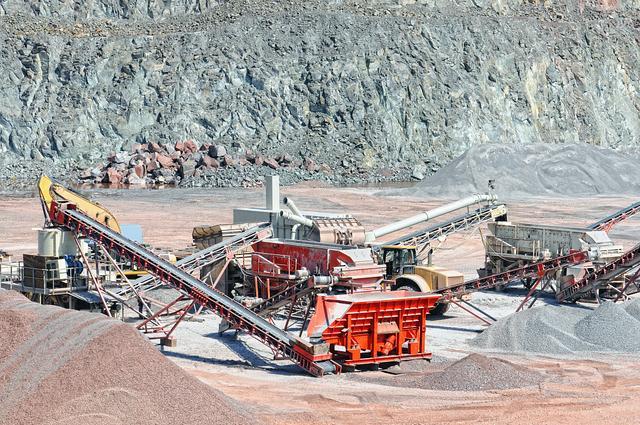Japan is ramping up its renewables and clean energy push to help it reduce its greenhouse gas (GHG) emissions and reach its carbon neutral goal by 2050.
Part of that drive includes investment in green hydrogen production as well more solar, wind and geothermal needed for power generation.
Japan, the world’s third largest economy, after the US and China, remains one of the only countries in the Asia-Pacific region, other than Australia, to go long on hydrogen development, still a fledging industry that hasn’t reached economies of scale yet.
Read more: For Japan, Abenomics isn’t going away – it will just get better
Japan’s solar, wind and geothermal sectors, however, are more established. Renewable energy, except for hydroelectricity, accounted for 6% of Japan’s total energy consumption and more than 15%, or 146 TWh, of the country’s total electricity generation in 2019, according to the US Energy Information’s (EIA) most recent analysis of the country’s energy sector.
Most of Japan’s renewable capacity growth during the past decade was from solar energy as a result of heavy investment in large-scale solar photovoltaic units and financial incentives from the government’s electricity buy-back program and feed-in tariff (FIT) programme.
At the end of 2019, Japan’s solar generation capacity reached 62 gigawatts (GW), 10 times higher than the capacity in 2012, the EIA added.
However, according to a draft proposal by Japan’s Ministry of Economy, Industry and Trade (MEIT), the country will further decarbonise its power sector, ramping up output by renewable sources to 50-60% of total power output by 2050.
THERMAL POWER
It also earmarks 30-40% to come from nuclear and thermal power using carbon capture and storage (CCS) technology.
Japan will develop 10GW of new offshore wind power capacity by 2030, and 45GW by 2040. However, that renewable energy build-out has several trade-offs, including the need for more copper and rare earth metals needed for infrastructure. Solar power generators require a number of both industrial and rare earth metals, including indium, gallium, selenium, and copper, while geothermal units require titanium.
Moreover, some 115,000 tonnes per year of copper and 1,060 tonnes per year of neodymium will be needed to construct power generation motors, various transformers, and electrical wiring by 2030, according to the MEIT.
That equals approximately 10% of its 2018 total demand for the metal, placed at 1.06 million tonnes, and around 23% of its neodymium demand, at 4,624 tonnes over the same time period.
BATTERY DEMAND
The MEIT added that the potential increase in renewable energy for the power sector will also increase demand for batteries as storage, which will also boost use of vanadium, lithium, cobalt, nickel, manganese, and copper.
Japan’s growing need for both industrial and rare earth metals will force it to invest in overseas upstream projects, similar to its decades long oil and natural gas investment build-out, needed to offset its hydrocarbon deficiency, that saw its global footprint spread across the globe, with investments in coal, oil and gas reaching into hundreds of billions of dollars.
Currently, Japanese upstream coal, gas and oil production across the globe is valued at over $70 billion, according to a report earlier this month by energy consultancy Wood Mackenzie.
The energy produced by these assets equals some 1.6 million barrels of oil equivalent (boe) per day. Japanese trading houses accounted for another 30% of the country’s hydrocarbon needs.
GEOPOLITICAL QUANDRY
However, unlike Japan’s hydrocarbon production overseas, it finds itself in more of a geopolitical quandary sourcing its rare earth metals since most of it comes from regional rival China, the world’s largest rare earth metals producer.
Since China has been known to play political hardball, targeting both imports and exports with other countries that it finds itself at odds with (most recently with Australia) Japan is vulnerable to the whims of Beijing.
China refines approximately 80%-90% of the world’s rare earths, thereby giving it substantial control over its supply.
As far back as 2010, a dispute between China and Japan over which country owns a group of islands off the north-east coast of Taiwan caused Beijing to impose export restrictions to Japan for 17 rare earths. As a result, prices increased ten-fold at the time. Prices eventually pulled back, while Tokyo recovered from that threat and started to invest in other rare earth metals projects.
JOINT VENTURE
In June 2019, Japan Australia Rare Earths BV (JARE), a joint venture between state-owned Japan Oil, Gas and Metals National Corp. (JOGMEC) and Sojitz Corp, approved a large financial package for Australian-based Lynas Corp, expanding Japan’s control over the company’s rare earths output.
Tokyo is also considering increasing government control over Japan’s strategic rare earth metals reserves, as well as increasing inventories of some strategically important metals such as cobalt.
The government has designated 34 metals (including rare earths) as having the potential for stockpiling. It already holds reserves of seven metals, including nickel, chrome, tungsten, cobalt, molybdenum, manganese and vanadium
Despite these efforts, Japan has to do even more to provide its rare earth metals security, helping its firms emulate its global coal, oil, and gas investment footprint.
The difference and the challenge, however, is that a myriad of countries produce coal, oil, and gas, while only around 10 countries produce rare earth metals on a notable scale. This ranges from China that produced 132,000 metric tons (mt) in 2019, to Vietnam, number ten on the list, that produced only 900 mt the same year.
























